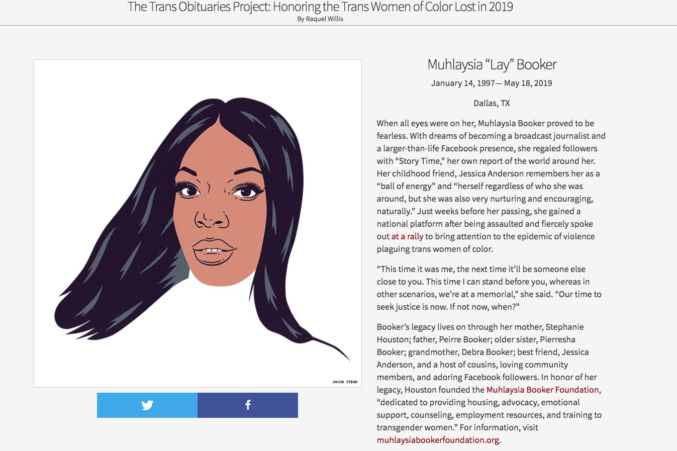Diverse representation is important for any industry, but if a patient doesn’t feel comfortable sharing their sexual or gender identity with their physician, the doctor might not know what questions to ask or have the wrong idea about a symptom.
A lack of visibility and inclusiveness already puts LGBTQ+ patients on edge, but quality care is unlikely if they don’t feel like they can share their entire medical history. This is why clinics like the GENECIS Clinic at Children’s Health exist. The transgender pediatric clinic offers gender-affirming care and provides a space where transgender youth can feel accepted and comfortable. But the fact the clinic exists is evidence that many patients (especially children sitting with their parents) don’t feel comfortable sharing their whole selves with their provider.
That doesn’t mean that the provider has to be a community member, but an openness to allowing patients to be themselves and a recognition of who they are is more than just virtue signaling– it is ensuring that the provider gets the full medical history.
The key is to focus on the individual and know that there is diversity within the different LGBTQ communities, says Dr. John Carlo, the CEO of Prism Health North Texas, whose mission is to improve the region’s help through education, research, and personalized HIV care. “It would be a failure to not acknowledge the need to individualize all the care and that it takes a lot of practice and a lot of patience to constantly reevaluate your approaches.”
There is a need for LGBTQ leadership and visibility on the business side of healthcare as well. Jason Bellet is the co-founder of Eko, which makes AI-enabled smart stethoscopes and applies machine learning to diagnose heart and lung disease. He came out to friends and a supportive family in 2012 in college but said he effectively went back into the closet when he entered the healthcare field. “I didn’t want my sexual orientation to be known, and I avoided calling my partner my partner. I called him my friend. I avoided mannerisms that could come across as gay.”
While not necessarily unique to the healthcare field, Bellet’s experience reveals the fear and trepidation that those in the LGBTQ community experience in the healthcare field and highlights the need for increased visibility. According to an American Heart Association study, more than half of LGBTQ+ adults report discrimination from a healthcare professional.
According to the American Heart Association, more than half (56%) of LGBTQ+ adults report experiencing some form of discrimination from a healthcare professional. “when over half of LGBTQ+ adults report experiencing some form of discrimination from a healthcare professional, it’s also clear that a large population of healthcare professionals is not prepared to treat, let alone work with, LGBTQ+ people,” Bellet wrote in a blog post.
There has been progress over the years, though. When Carlo was in medical school, there was a lecture about the LGBTQ community and its medical needs, and he remembers it being relatively novel information for his medical class. When he speaks with medical students today about how best to care for those in the LGBTQ community today, he has found that students are much better educated on the topic.
While there has been progress, some in the LGBTQ are worried about the laws that could impact them. According to Equality Texas, 30 anti-LGBTQ+ bills were filed in the Texas Legislature last session. “I think we’re all worried, and there’s a profound fear from our patients,” Carlo says. “We have concerns with threats to transgender health rights and civil rights and a profound sense that this is going to be, especially in Texas, a difficult time for us.”
So what can providers and caregivers do? Bellet recommends something as simple as a rainbow flag and using pronouns in your email signature to grow visibility and let employees, clients, and patients know that your company is a place where they can be themselves and are recognized and valued. Employee resource groups and Slack channels to help the LGBTQ community connect and bring in guest speakers on the topic are other ways to help. “It might feel small and relatively insignificant, but for me, I’ve just been thinking about visibility and what it means to somebody and to see their company have a rainbow flag and create opportunities for LGBTQ members.”
There is plenty of controversy around the issue, and plenty of physicians, caregivers, and business owners don’t align with the LGBTQ community. Still, most providers agree that they don’t want interference in the relationship with their patients and want to use their best medical judgment. “I wish we didn’t have these political arguments about what’s happening in an exam room,” Carlo says. “Now that the relationship is established, nobody else should be in that room.”
Author







